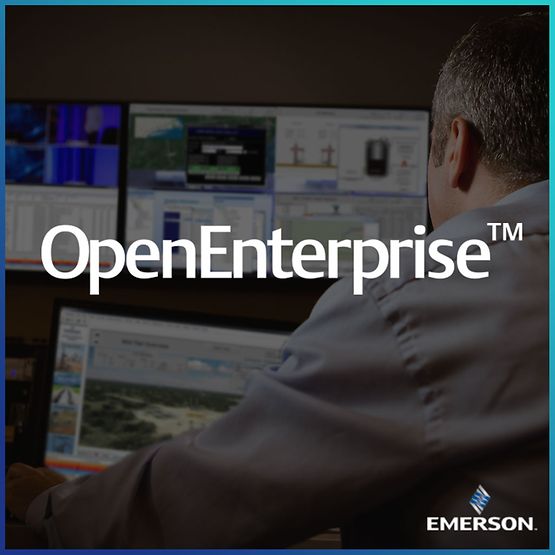1. EXECUTIVE SUMMARY
- CVSS v3 8.1
- ATTENTION: Exploitable remotely
- Vendor: Emerson
- Equipment: OpenEnterprise SCADA Server
- Vulnerability: Heap-based Buffer Overflow
2. RISK EVALUATION
Successful exploitation of this vulnerability could allow an attacker to execute code on an OpenEnterprise SCADA Server.
3. TECHNICAL DETAILS
3.1 AFFECTED PRODUCTS
The following versions of OpenEnterprise SCADA Server are affected:
- OpenEnterprise Server 2.83 is affected if Modbus or ROC Interfaces have been installed and are in use
- OpenEnterprise 3.1 through 3.3.3, all versions
3.2 VULNERABILITY OVERVIEW
3.2.1 HEAP-BASED BUFFER OVERFLOW CWE-122
A specially crafted script could execute code on the OpenEnterprise Server.
CVE-2020-6970 has been assigned to this vulnerability. A CVSS v3 base score of 8.1 has been assigned; the CVSS vector string is (AV:N/AC:H/PR:N/UI:N/S:U/C:H/I:H/A:H).
3.3 BACKGROUND
- CRITICAL INFRASTRUCTURE SECTORS: Energy, Chemical, Transportation, Water and Wastewater
- COUNTRIES/AREAS DEPLOYED: Worldwide
- COMPANY HEADQUARTERS LOCATION: United States
3.4 RESEARCHER
Roman Lozko of Kaspersky ICS CERT reported this vulnerability to Emerson; Emerson provided the report to CISA.
4. MITIGATIONS
Emerson recommends all users upgrade to OpenEnterprise 3.3, Service Pack 4 (3.3.4), to resolve this issue. OpenEnterprise Service Packs are available to users with access to the Emerson SupportNet system (login required). Details will be found in the downloads area.
Please send any questions via a SupportNet ticket or by contacting Emerson at US 800-537-9313. For users outside of the United States, please use international toll-free numbers.
CISA recommends users take defensive measures to minimize the risk of exploitation of this vulnerability. Specifically, users should:
- Minimize network exposure for all control system devices and/or systems, and ensure that they are not accessible from the Internet.
- Locate control system networks and remote devices behind firewalls, and isolate them from the business network.
- When remote access is required, use secure methods, such as Virtual Private Networks (VPNs), recognizing that VPNs may have vulnerabilities and should be updated to the most current version available. Also recognize that VPN is only as secure as the connected devices.
CISA reminds organizations to perform proper impact analysis and risk assessment prior to deploying defensive measures.
CISA also provides a section for control systems security recommended practices on the ICS webpage on us-cert.gov. Several recommended practices are available for reading and download, including Improving Industrial Control Systems Cybersecurity with Defense-in-Depth Strategies.
Additional mitigation guidance and recommended practices are publicly available on the ICS webpage on us-cert.gov in the Technical Information Paper, ICS-TIP-12-146-01B–Targeted Cyber Intrusion Detection and Mitigation Strategies.
Organizations observing any suspected malicious activity should follow their established internal procedures and report their findings to CISA for tracking and correlation against other incidents.
No known public exploits specifically target this vulnerability. High skill level is needed to exploit.
Source:


Stay connected